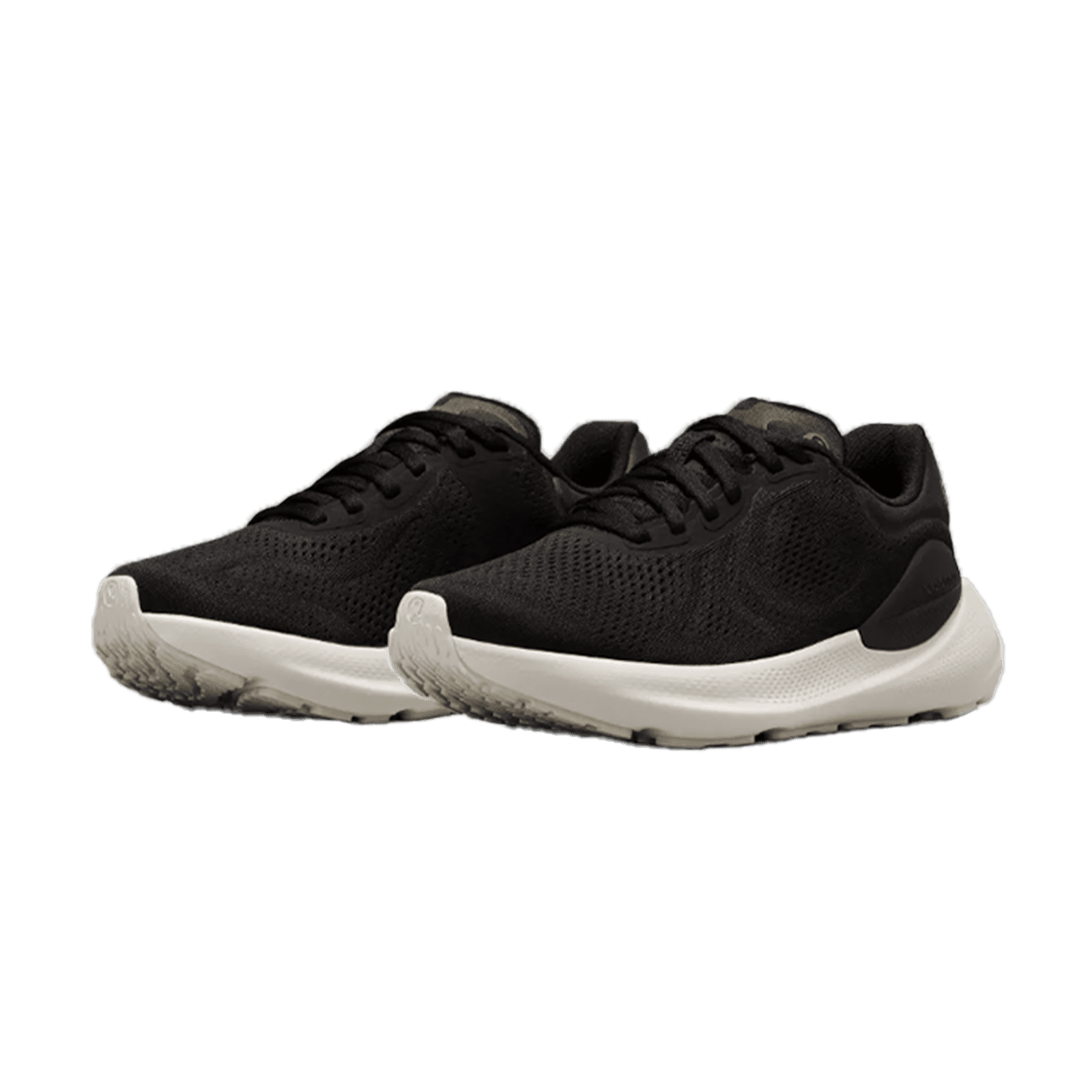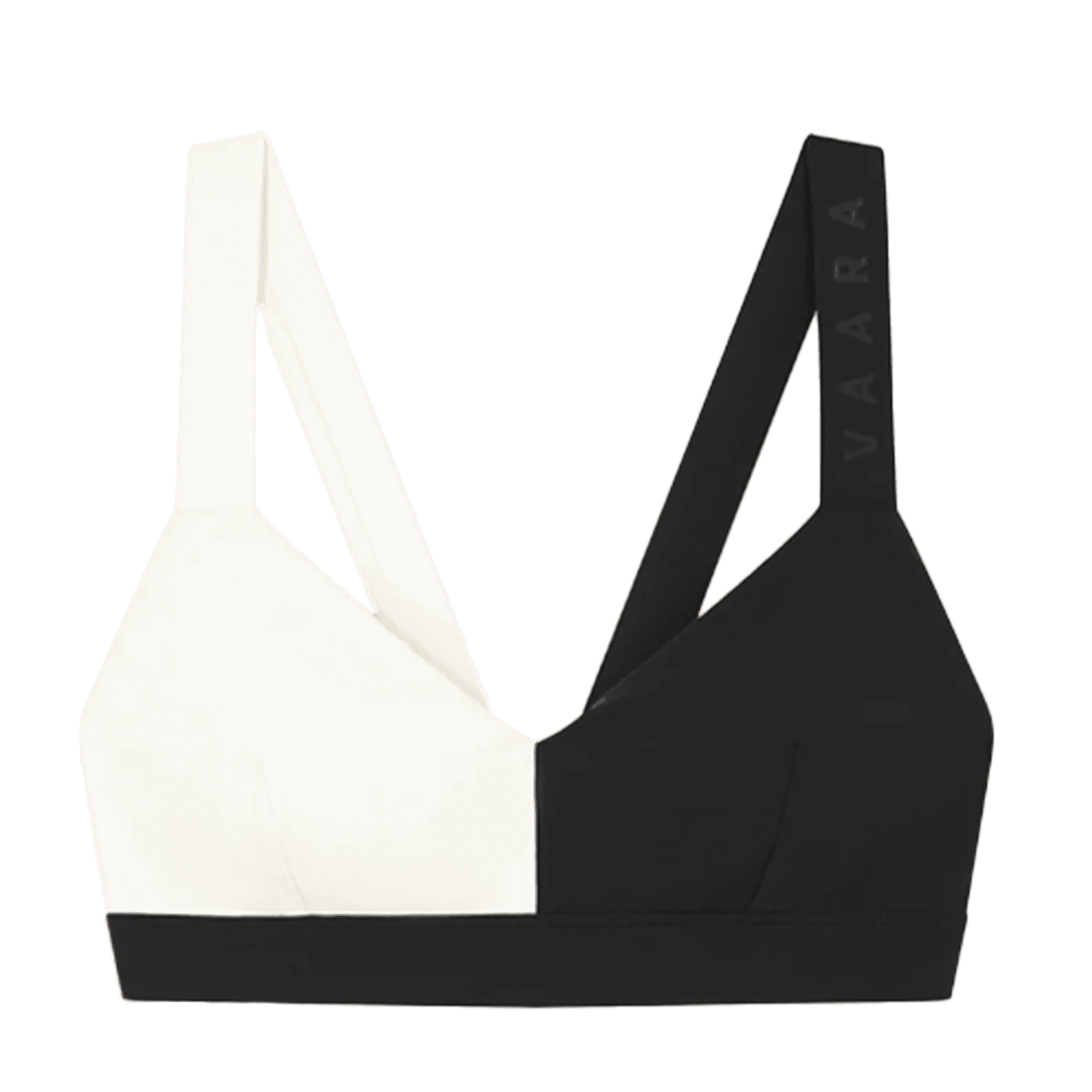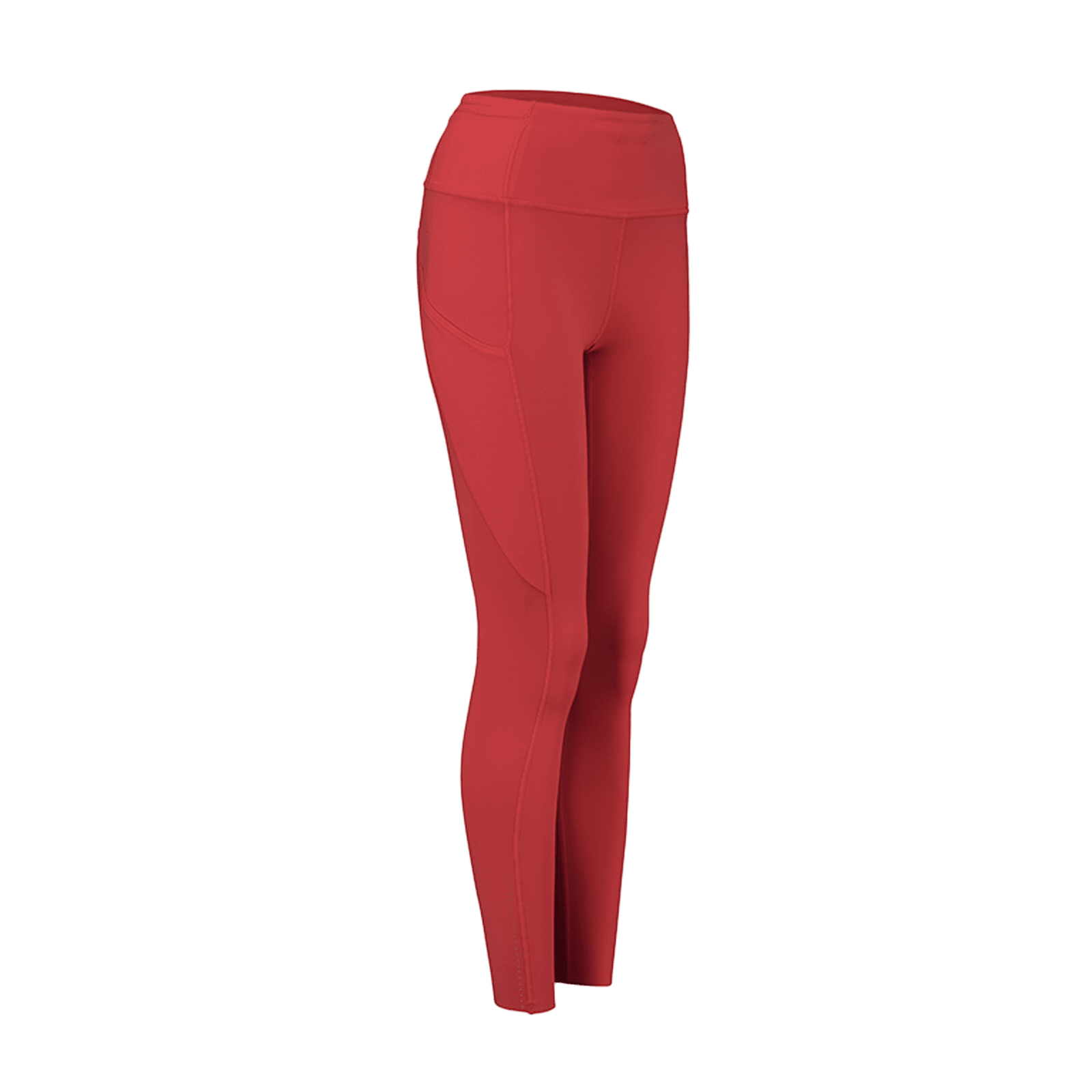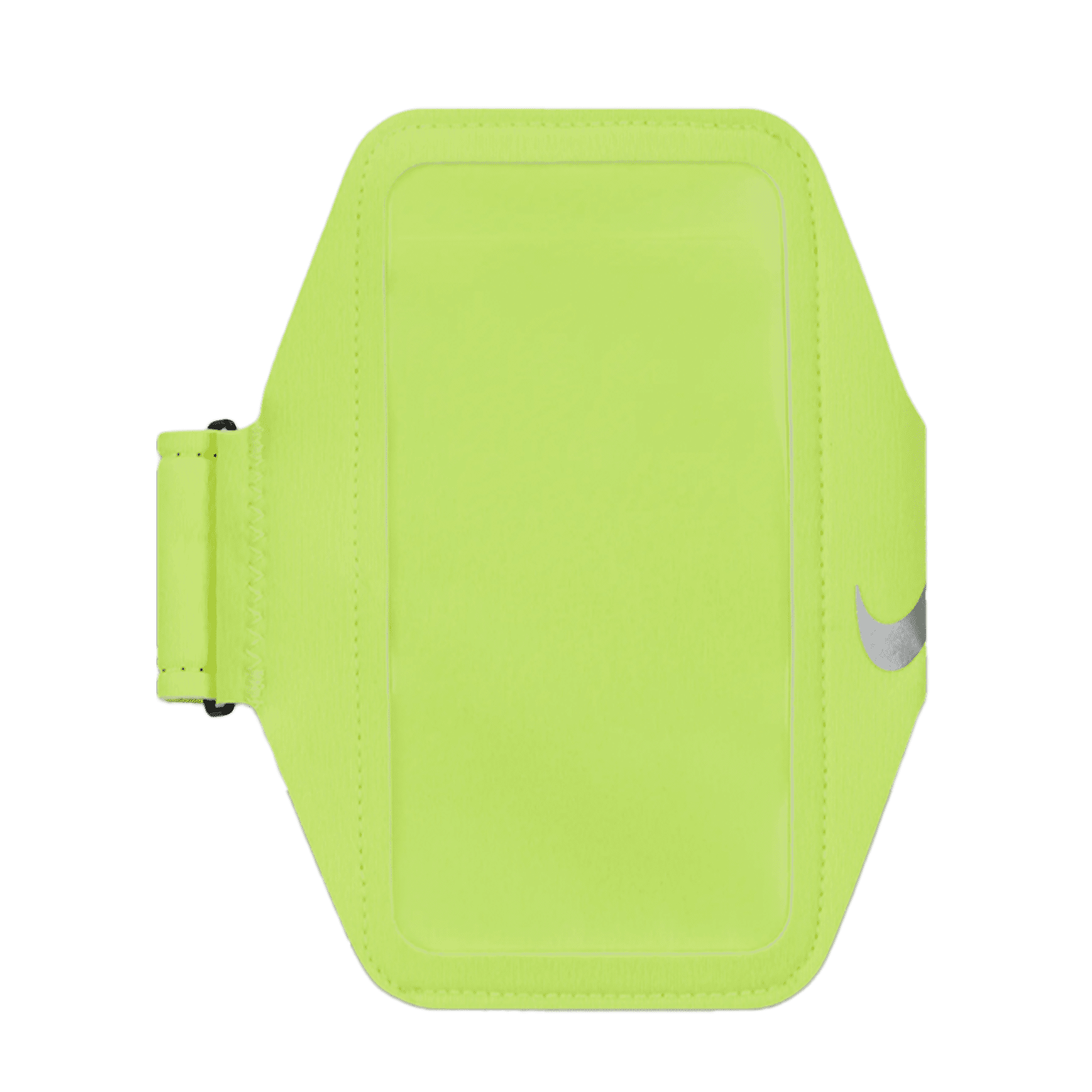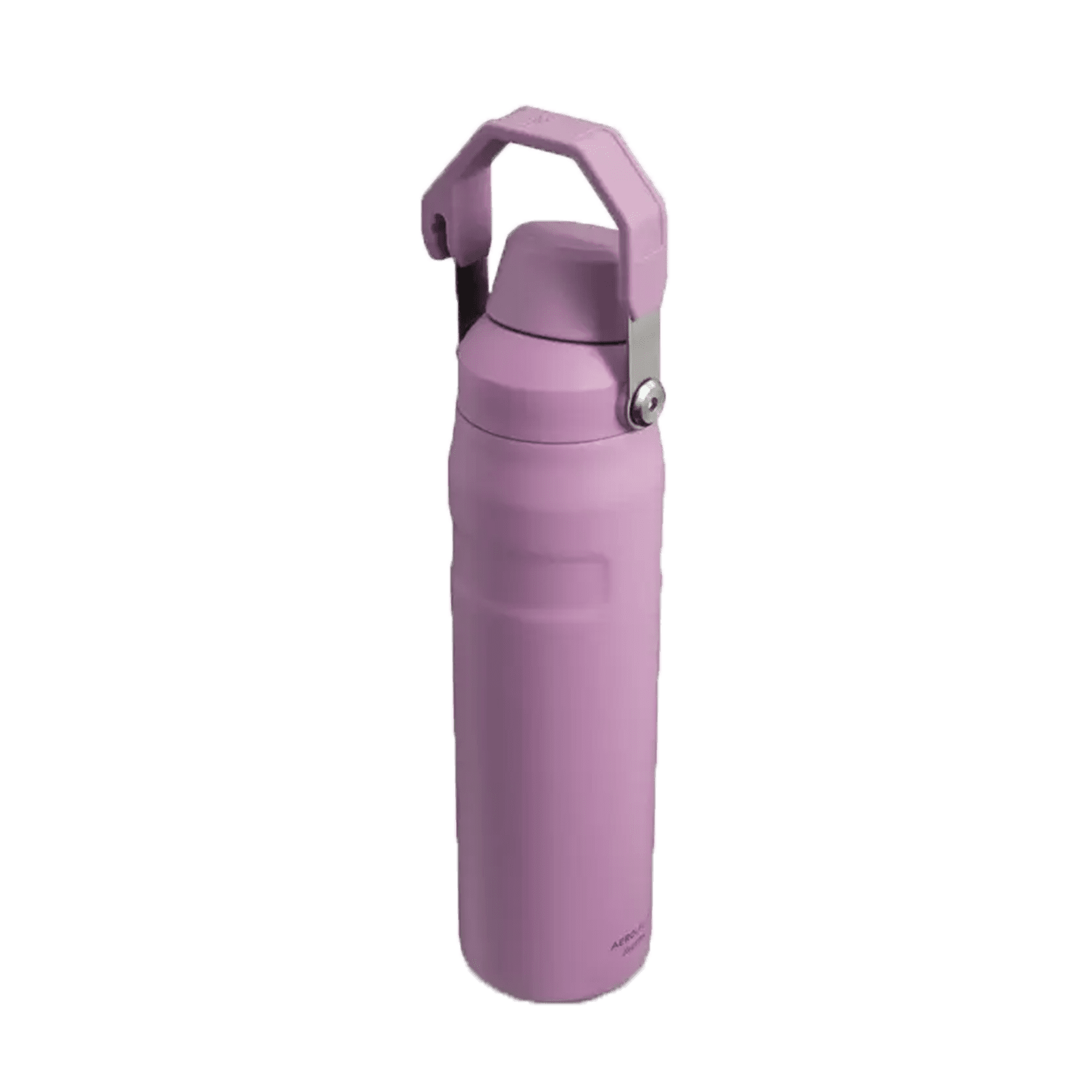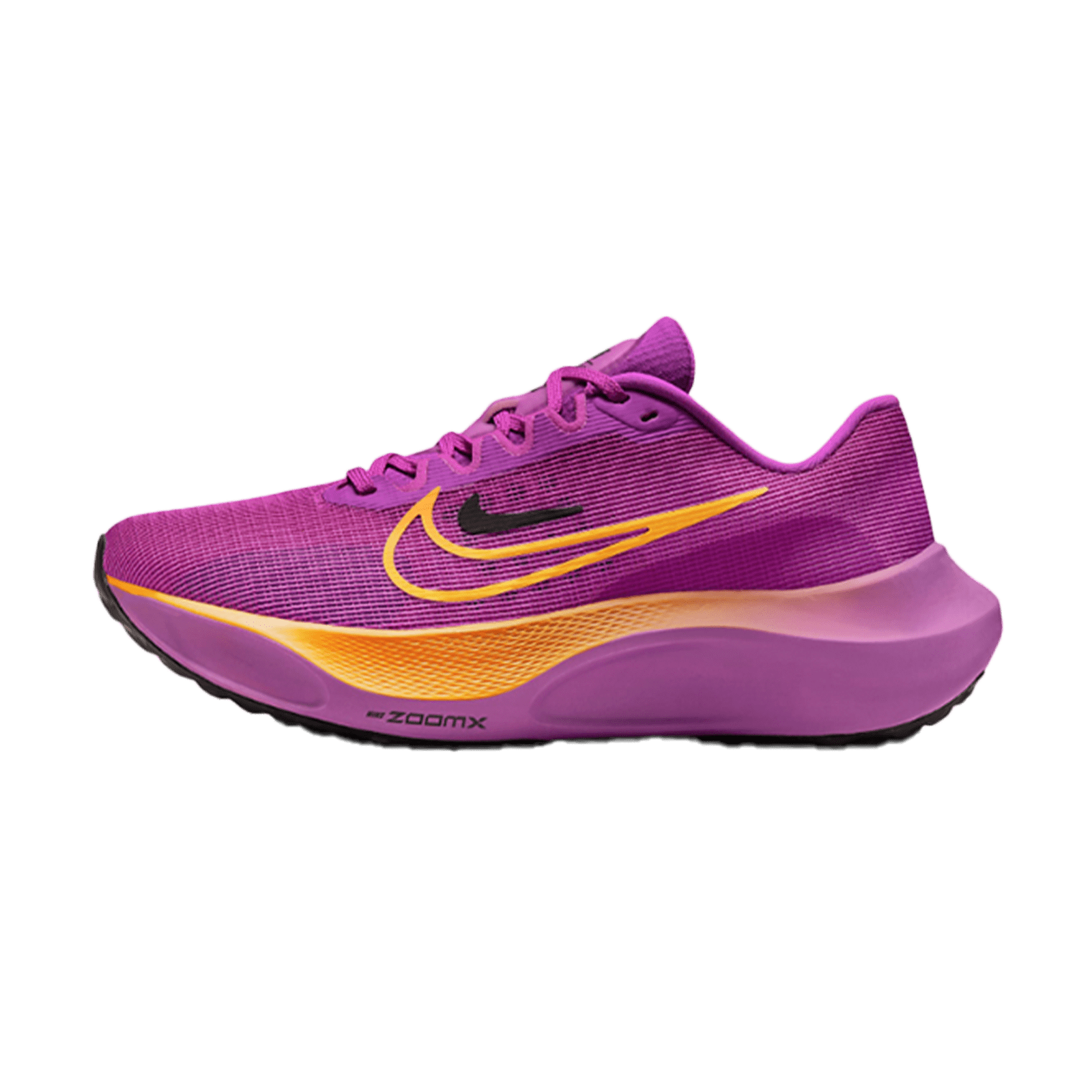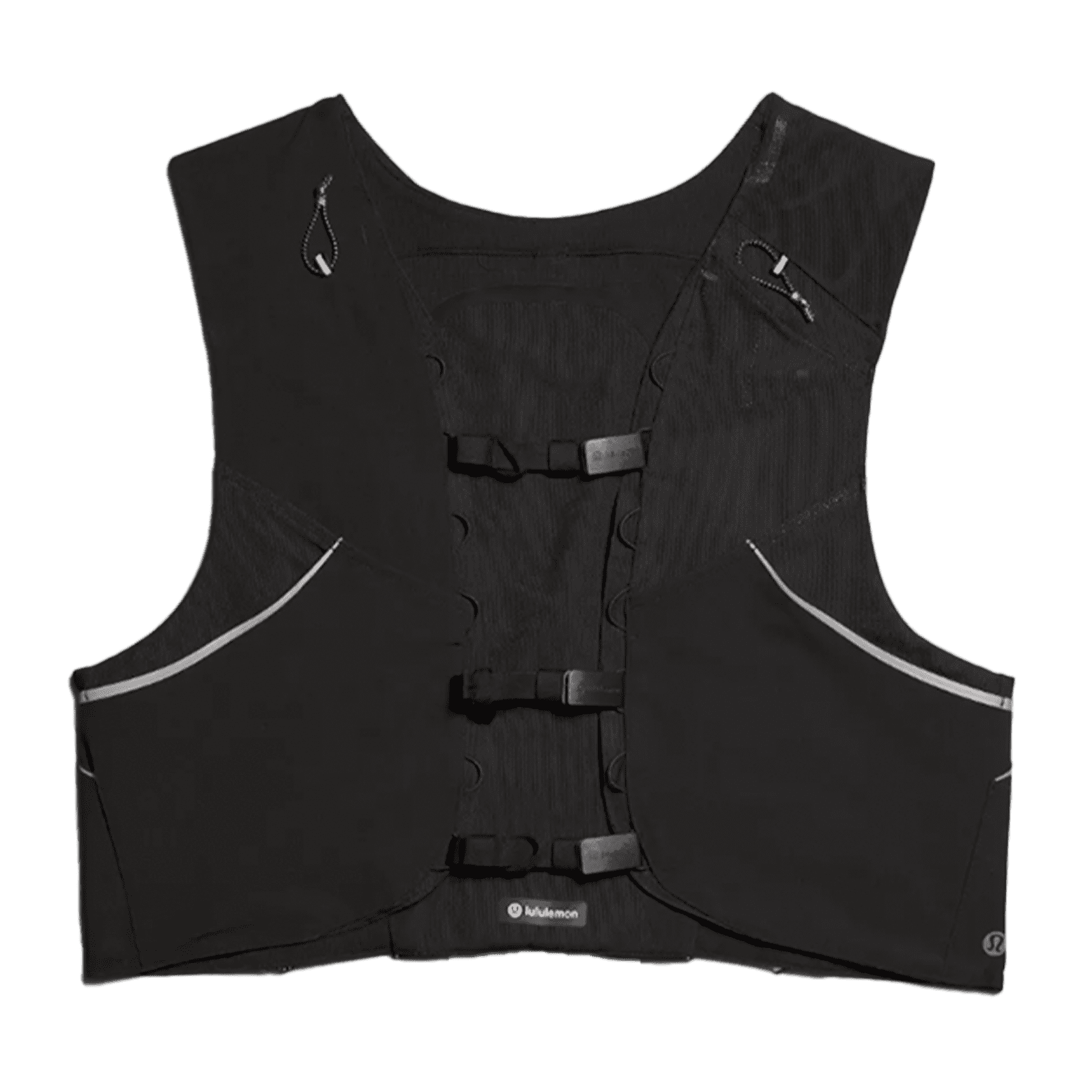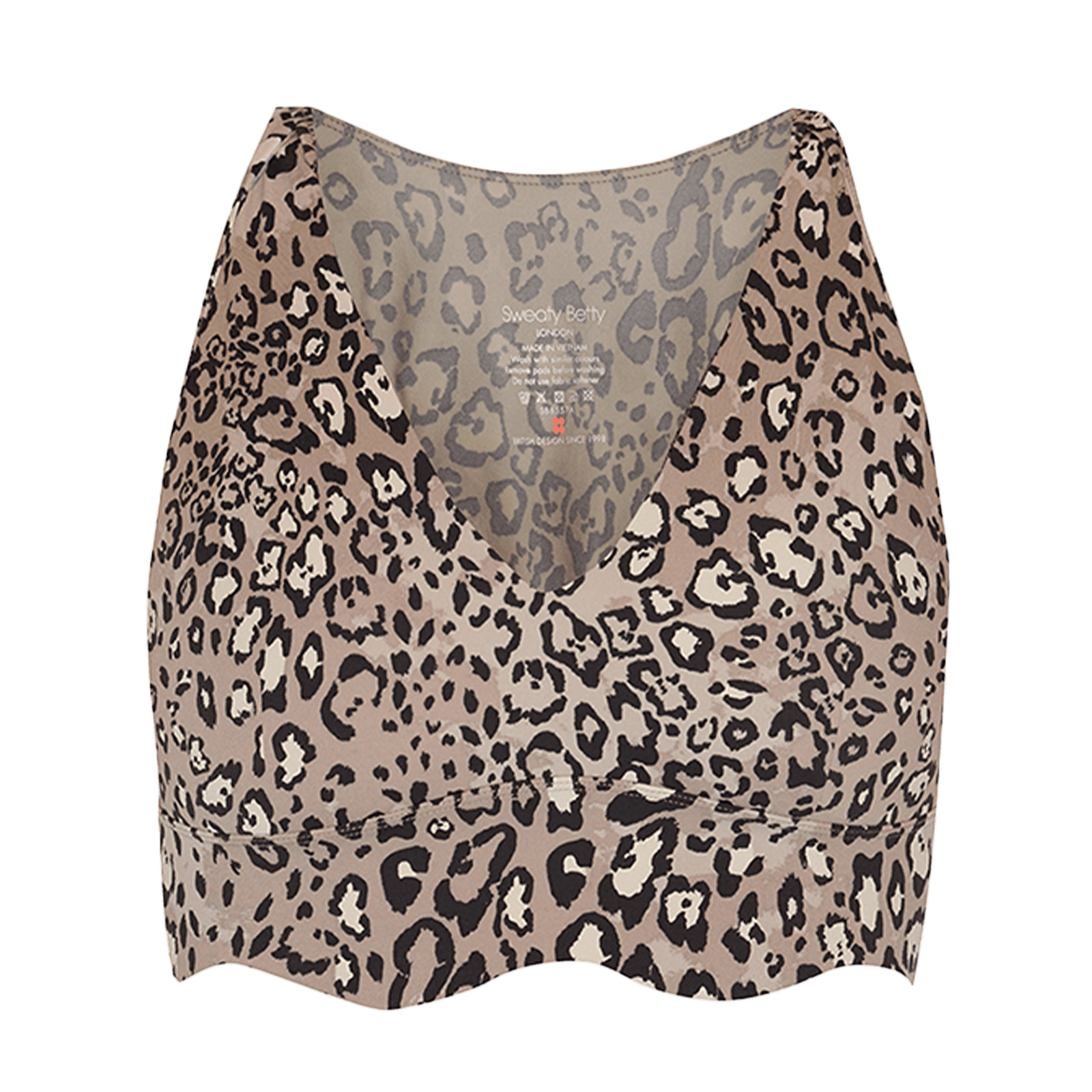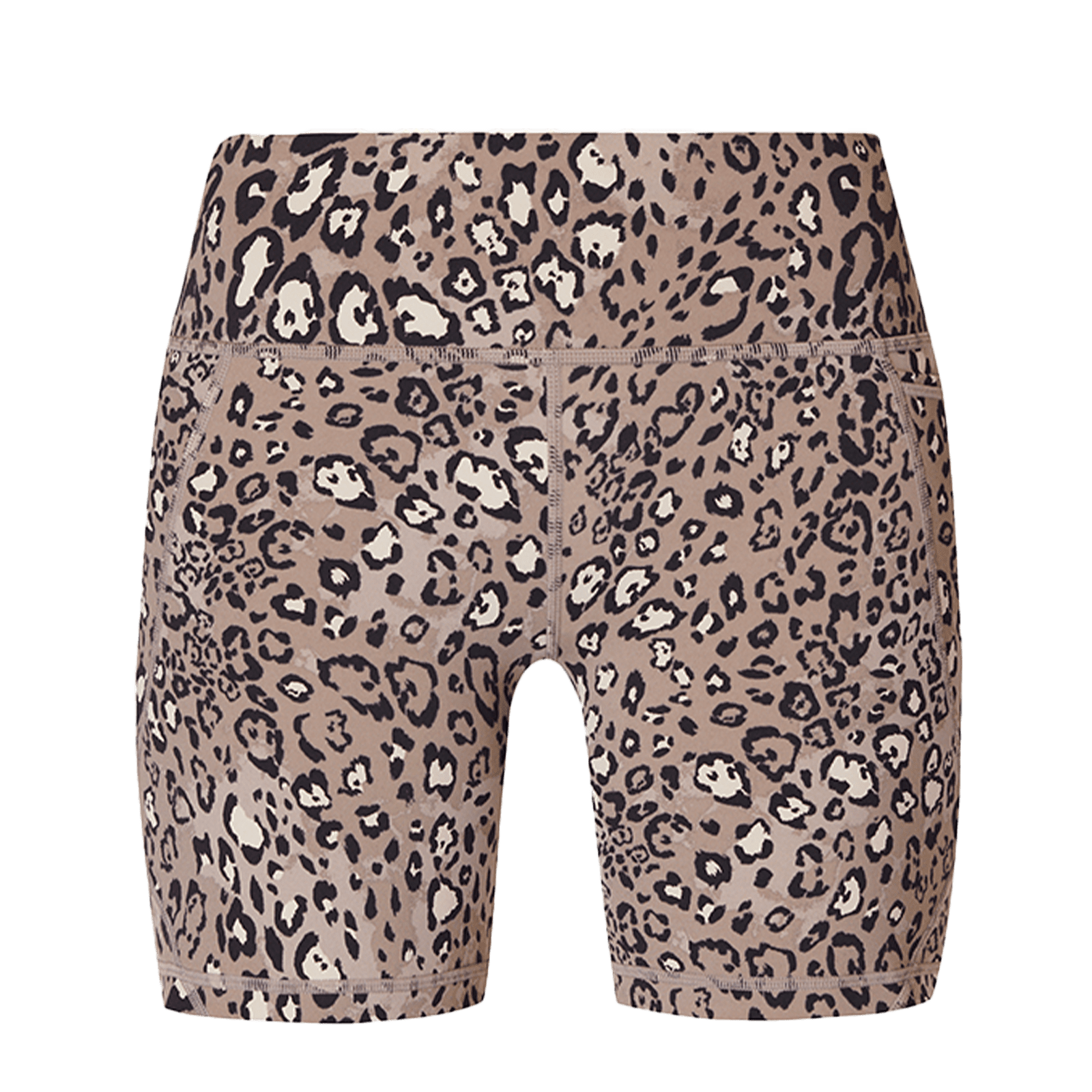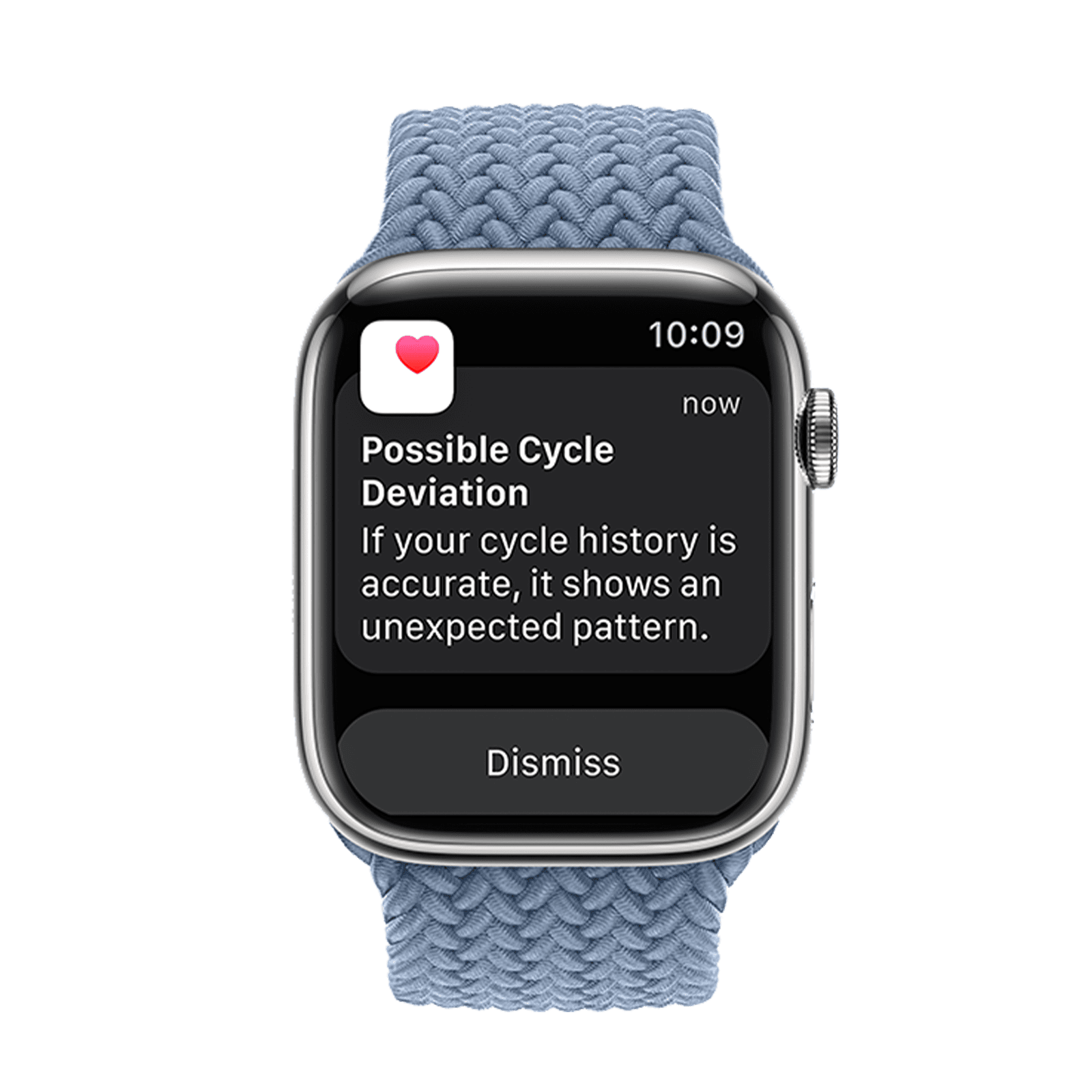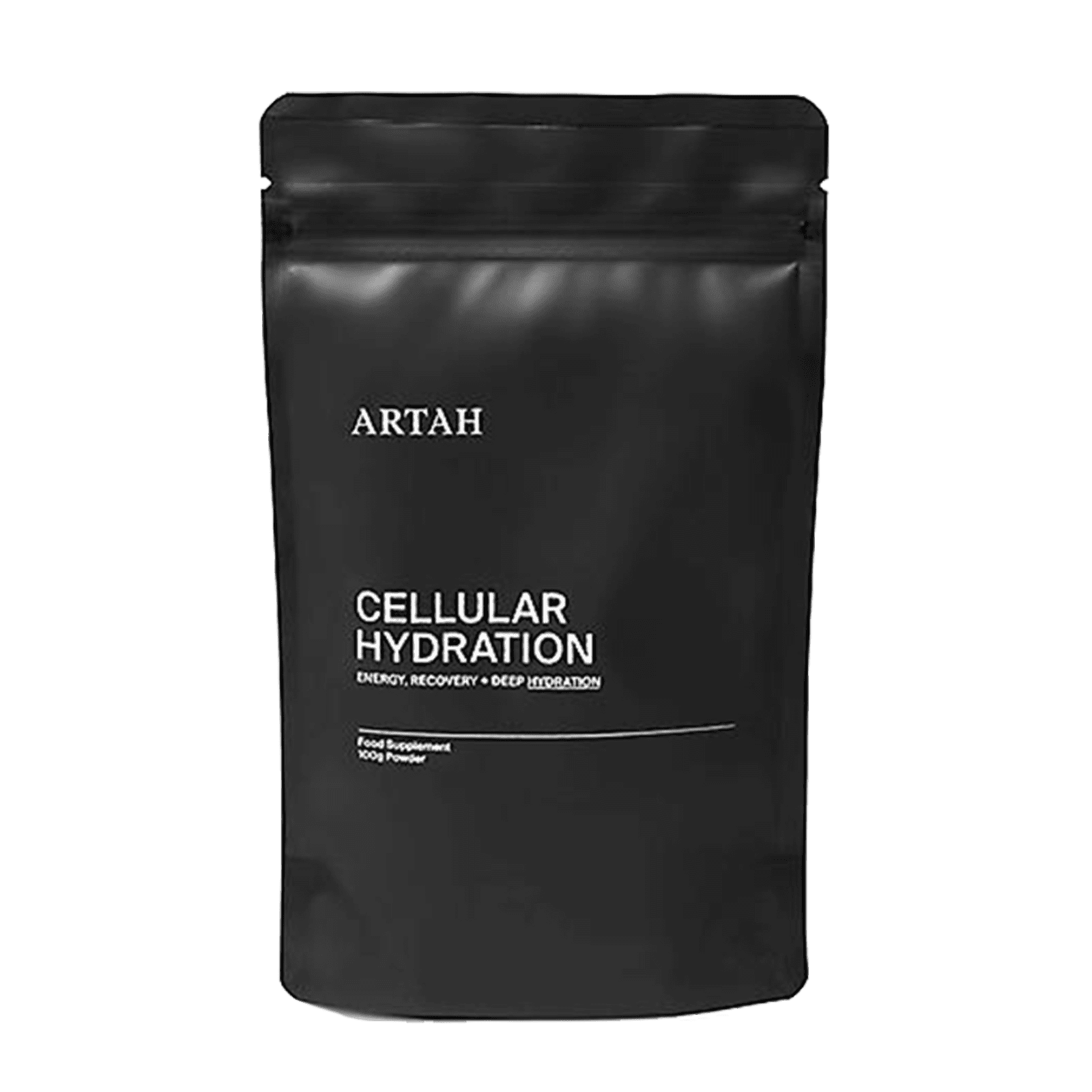Tinay wears a FIASFUD jersey, BAGASAO skirt, ADIDAS x WALES BONNER sneakers. Maita wears a FIASFUD jersey, JOS MUNDO belt, PRADA skirt, ADIDAS x WALES BONNER sneakers. Styled by Andrea Ang. Photo by Renzo Navarro
How to start running… is there an easy way? If you asked me 10 years ago, the answer would have been a resounding no, but having embarked upon my own journey, from anti-runner to someone who now enjoys it, nowadays I respond to this question with a totally different answer.
Whether you’re a complete novice—someone who can barely run 10 metres – or you’re looking to build up your distance, if you follow certain rules and commit to the process (as I did, a few years ago), you will find yourself looking forward to running, whenever you choose to do it. If you’re currently a breathless plodder, heed the advice of pro-runners, Anya Culling and Milly Pickles, to transform the way you run.
How should a beginner start running?
In the words of that famous Nike tagline: just do it. Starting is always the most difficult part, but taking action is truly the first step. “We all start as a beginner and it’s so rewarding to see ourselves progress – you don’t need to be a pro to start,” says Pickles. Don’t expect yourself to be running straight 5Ks, without stopping, straight off the bat. It’s completely okay to intersperse walking with running, whatever level you’re at.
When I began my own journey to becoming a “runner”, I worked with a personal trainer on a plan which focused on building my ability gradually. As an example, the start of the plan saw me running for 40 seconds, walking for a minute, for 20 minutes or so. After a few more weeks, I was running for 3 minutes, walking for 1, and so on. There’s a reason why Couch to 5K works for many people – all it requires from you is a commitment to three runs a week (ideally not on consecutive days) and you can find different iterations of the plan for free on Google. Not only do you build up your body’s capability to run, slowly and over time, but you also build your confidence, and that is half of the battle.
“I always recommend building your mileage and intensity gradually – no more than 10 per cent week on week,” says Culling. “This will reduce your risk of injury and allow your body to adapt to the training. How much running you should aim for will depend on your goal, but using a personalised planning app, like Runna, will help take away any guess work and you can be confident that what you are doing is approved by experts. It’s important that your running plan works for your current ability and around your lifestyle.” Runna builds a personalised running plan based on your goals and needs, and both experts recommend it highly.
Other tips the experts recommend:
- Start small and set realistic goals: “This helps you stay consistent and ensures longevity in the sport. Celebrate the small wins each week, not just one big race goal because that might seem unachievable at the beginning,” says Culling.
- Take action: “Put your fitness clothes on – if you get dressed, you’ll be more likely to go out. The pre-run part is always the worst, but once you’re running – more often than not – you’ll enjoy it. Nobody ever regrets a workout,” says Pickles. I find it incredibly helpful to get my workout-wear out the night before to make it super easy to get dressed and go – it removes the barrier to entry.
- Gradually increase intensity and duration: “People often think ‘I’m not good at running, I get tired so quickly,’ and that used to be me, but it’s probably because you’re running too fast,” says Pickles. “If you want to run for longer, you need to run slower. Start with whatever distance is manageable for you – it could be 50 metres, 1K or 5K, then over time, gradually build up the speed and distance.”
- Reflect on how far you’ve come: “It’s natural to hit a goal and then want to push further or faster, however that way you run the risk of never feeling fulfilled. Give yourself small wins and celebrate them – it might be going out in the rain when you didn’t want to or finishing a run at a faster pace than you started,” says Culling.
- Join a running club (or start running with a friend): Both experts are big fans of the run club for motivation purposes. “It’s also great for accountability and camaraderie,” says Pickles. “There will be beginners like you, so you’ll feel less alone, plus it is fun running with other people because it helps you forget that you’re actually running.” Culling says joining a run club was the best decision she ever made.
Running programs for beginners
Following a running programme was key to my success, both mentally and physically, and ensured I prioritised incorporating runs into my week. As previously mentioned, Runna is an excellent app that creates a programme especially for your needs – whether you’ve got 12 weeks to run a 5K or simply just want to get started, it syncs with Apple Watch and Garmin to help you improve. Plus it also offers personalised strength and conditioning exercises to ensure you remain strong and injury free. “It takes the thinking out of planning your runs and is personalised to you and your fitness level,” says Pickles. “All you need to do is show up.”
If you’re someone slightly averse to a program, take it back to basics and start slowly. “Do a manageable distance and you can always incorporate run-walk intervals,” says Pickles. “Slowly increase your distance each week so you’re steadily progressing while minimising injuries.”
For tracking your runs and accountability purposes, Strava is excellent. Not only can you connect with friends on the app and keep abreast of each run and its metrics, but you can also create different routes, which is something I’ve found keeps things interesting. One of the great joys of outdoor running is being able to see the sights, whether that’s your local park or nearby streets, and is another great incentive to get outdoors.
There are also myriad running clubs that you can join, whether that’s Run Dem Crew or Your Friendly Runners, or you could consider setting up your own run club amongst friends or at work.
How to not give up
One of the biggest pieces of advice I can give you—as someone who was also a struggling runner not long ago—is to slow down as you embark on your run. Pickles agrees: “Run for a short amount of time and do it twice as slowly as you think you should,” she says. “Often people run too fast, struggle to breathe, think they’re rubbish and then give up. I was shocked to realise how much slower you should be running if you’re wanting to run long distances.” This really helped me feel able to continue on my runs: you don’t have to be Usain Bolt to be considered a runner.
The health benefits of running
Running is a great way to improve your health, both physically and mentally. A 2023 study found that 75 minutes of running a week – which isn’t much – can add 12 years to your life, while another study found that runners had a 30 per cent lower risk of all-cause mortality (death from different health issues). It is linked to lower risk of cancer, improved cardiovascular health, sleep, joint health, memory and energy, plus – perhaps most importantly – it’s excellent for mental wellbeing.
“I love how running can build your mental strength,” says Pickles. “When you run for long enough, you experience feelings of positivity and negativity. As a result, you learn how to manage your mind, ignore the negativity, not give up and keep pushing on. It’s a great way to practise mental strength.” With a well-reported epidemic of loneliness in the UK (as well as further afield) it encourages community spirit and growth, which is why running clubs have never been more popular.
How much running should a beginner do?
Start by committing to three short runs a week and then build up your distance by 10 per cent each week. Ensure you feel challenged, but don’t push yourself too hard; consistency is key, and – pun intended – it’s a marathon, not a sprint.
How to prepare yourself for a run
Once you’ve persuaded yourself to go out for a run, spare 10 minutes or so to warm your muscles up. “Dynamic movements will help activate your muscles and loosen any aches before you head out on your run,” says Culling. “This is important to help reduce injury risk and increase the blood flow to your muscles – some light stretching or a brief jog can help enhance your performance and make the run feel easier. I recommend dynamic [rather than static] stretches that mimic the running action, such as high knees, bum kicks and single leg hops.” Pickles also recommends ankle circles, walking lunges and leg swings. Resistance band work can also help activate the right muscles to propel you forward.
Also ensure you’re well hydrated, and pack a running vest (Lululemon’s Fast and Free Trail Running Vest is great) to keep your water supply close. “Eat a light meal or snack with high carbs before your workout – a favourite of mine is a bagel, jam and banana on top,” says Pickles. “There’s a misconception about not eating before you run, but you need fuel for energy. If you’re running for longer than 5K, take gels with you to replenish your glycogen stores. Veloforte chews are also great and easy to consume.”
The best running kit
While you can run in anything that’s comfortable, I’d be lying if I didn’t say it helps to have some of the right gear. Below are some of the best:
This article was originally published on British Vogue.
Digital Editor and Stylist: Andrea Ang. Photographer: Renzo Navarro. Makeup Artists: Karmela Jabla and Patricia Remoquillo of MAC Cosmetics PH. Hairstylist: Noel Muncada of Toni&Guy PH. Producer: Bianca Zaragoza. Editorial Associate: Patricia Co. Nails: Extraordinail. Digital Multimedia Artist: Bea Lu. Digital Fashion Writer: Chelsea Sarabia. Models: Christina Montelibano and Maita Hagad

